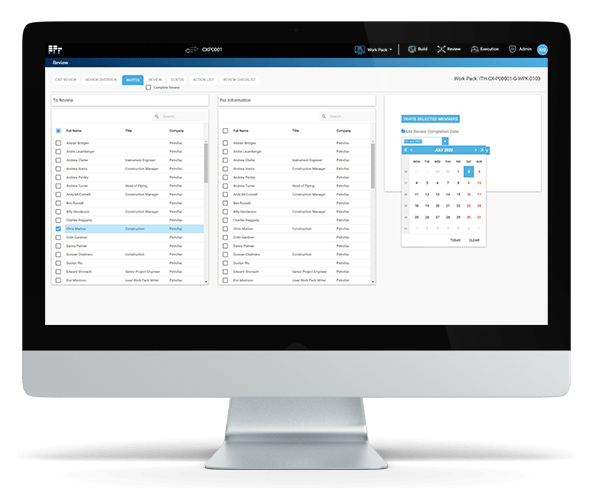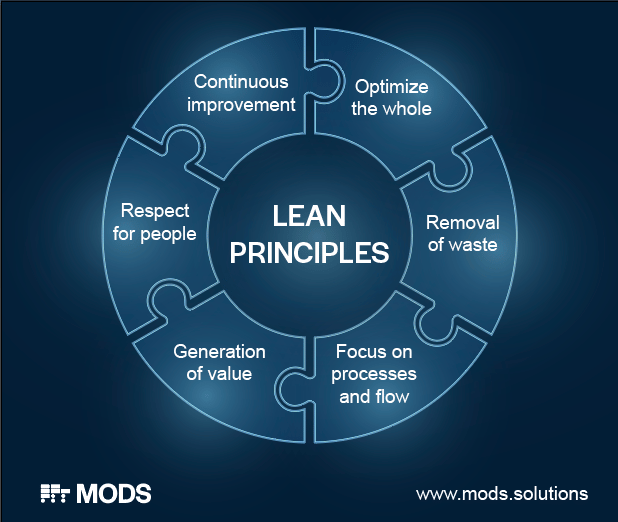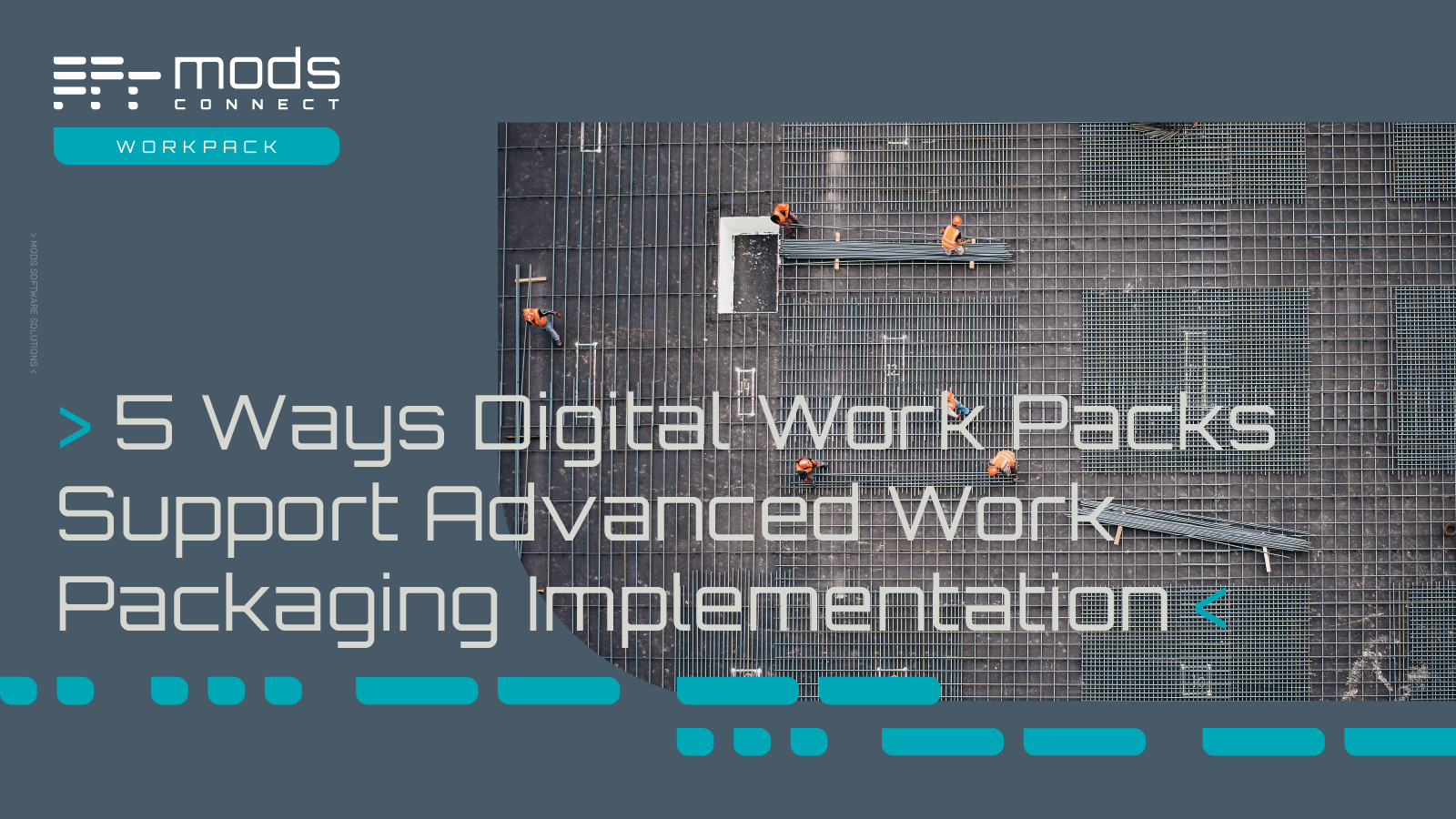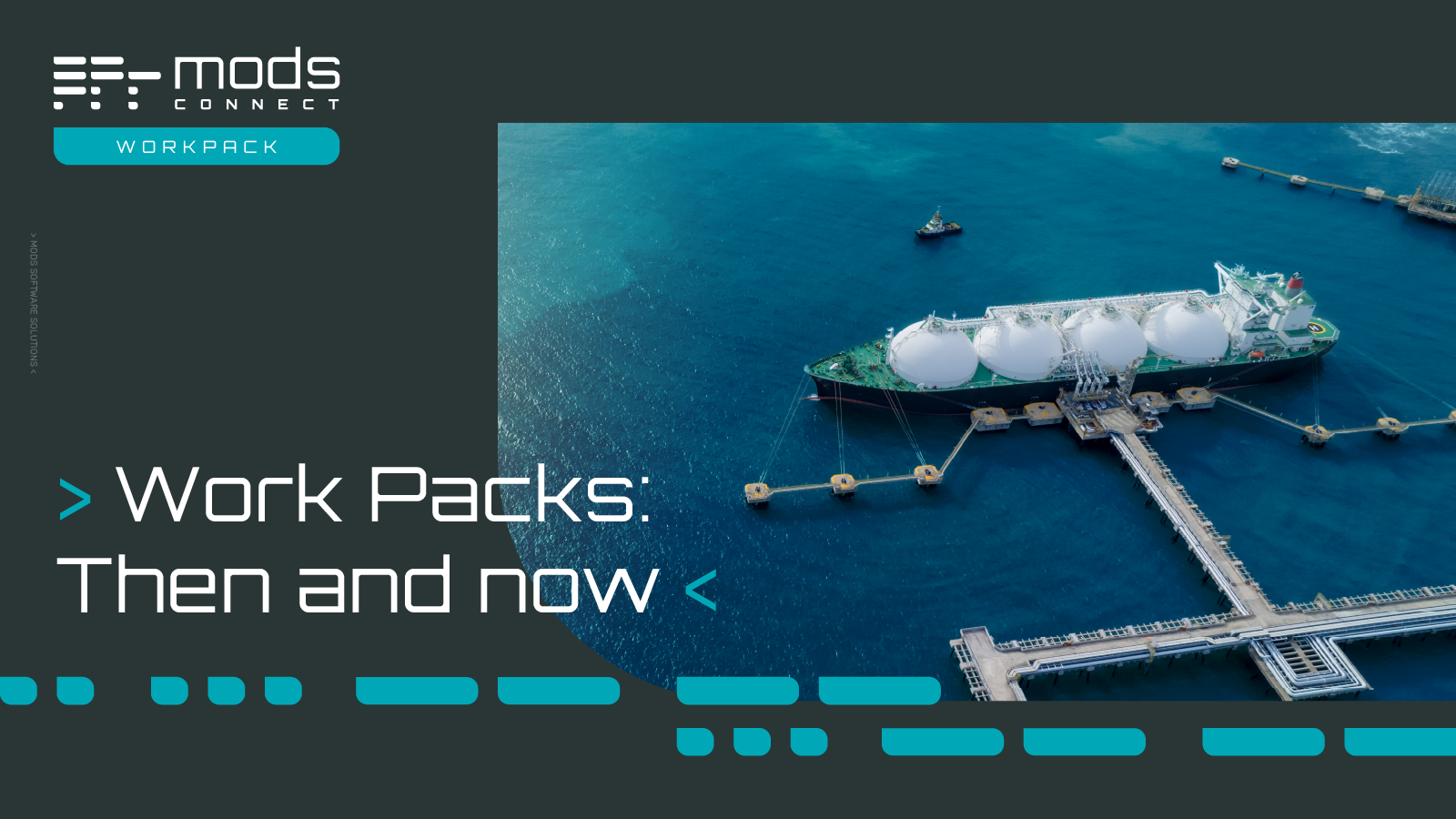Digital Completions in Plant Modifications and Upgrades
Unlike greenfield or any new build construction projects, plant modifications and upgrades present a unique set of challenges. Work is carried out...
3 min read
 Lisa De Vellis, PE
:
May 24, 2023 1:15:21 PM
Lisa De Vellis, PE
:
May 24, 2023 1:15:21 PM

Work packages drive forward progress in Engineering, Procurement and Construction (EPC) projects, regardless of whether the Assets are newbuild or not. Digital transformation (DX) that advances industrial EPC projects from paper-based processes to paperless digital ones is moving at an ever-increasing pace and the reasons not to adapt to a digital world are increasingly slim.
Yet the way we talk about these digitalization processes, the language we use, do not always sync with the pace of available technology. This sometimes results in ambiguity of terms and some confusion of concepts, especially in the digital world. Essentially, a gap exists between high-level strategic concepts and the onsite reality. Instead of waiting for strategic language to trickle down, perhaps a bottom-up approach can help bridge this gap?
Work packages and the technological advancement therein is one such example where we are seeing the high-level language revolving around concepts and methodologies that don’t accurately encapsulate the entirety of the real-world picture. Let’s see if we can clear this up.
Work packages, also called work packs, detail how to execute construction, conduct startup, carry out maintenance or perform decommissioning of an Asset. A single work pack represents a bite-sized piece of work, even though that relatively small bite may be a substantial undertaking in itself.
Collectively, a project’s work packs cover the entire project scope and are massive dossiers that have traditionally existed as paper hard copies. These stacks of paper documents require physical transport to and fro for approvals, signatures and initiation of works. When Assets are offshore or in other remote locations, the processes behind traditional paper-based work packages require lots of time, patience and transportation logistics.
It is an enormous administrative pressure that is a prerequisite before actually getting any construction or maintenance works started on the Asset itself. Mercifully, paper-based work packs are not the only option anymore, rendering their costly and frustrating administrative burdens no longer necessary.
Digital Work Packs (DWPs) replace these now old-fashioned hard-copy paper dossiers with soft, digital versions that are stored in a database. When the digital work pack software is cloud-based (versus on-prem, or on-premise), the work packs exist in real-time and are available for any and all project stakeholders simultaneously regardless of their physical location and/or that of the Asset.

This approach, therefore, eliminates the need to chase for up-to-date information and to invest time and money in the costly transportation of the documentation. The below video demonstrates the benefit of transitioning from paper-to-digital work packs:
Eliminating the administrative burdens, and all the human error that comes with working in analog systems, DWPs cut out unnecessary work so that the value-added project scope remains the focus of work, and not completing or chasing up documents. DWPs streamline the A-to-Z of construction execution (or of any other project works). More simply: DWPs optimize time, materials and value.
Instantaneous updates reflect time-sensitive deviations so that, for example, if something changes before work starts, no one needs to waste time reprinting pages and physically replacing them in the hard-copy dossiers. Likewise with markups -- with DWPs workers don't have to fuss with red pens in gloved hands amid challenging weather conditions onsite. DWPs make work easier and increase the integrity of formal documentation.
Now that we’ve covered DWPs, we need to address the specificities of Advanced Work Packaging (AWP), which is a methodology employing digital tools to prioritize the accurate sequencing of activities, optimizing throughput and efficiency of construction execution.
AWP, in principle, eliminates constraints to ensure that people, equipment and materials are always in the right place on time avoiding cost and schedule overruns by up to one-quarter and one-third, respectively. These savings are accomplished through the digital preparation of all work packages well in advance and in accordance with a comprehensive project execution plan.
The thing is, AWP is a term reserved for large capital EPC projects, i.e. greenfield and other newbuild or mega-projects. But, why does this have to be the case? Aren’t digital work packs for upgrade and maintenance projects a form of AWP if they’re prepared in advance so as to ensure a constraint-free working environment in adherence to a broader project plan?
So, what do AWP and digital work packs have in common?
We’ve already established that digital work packs reinforce the principles of Lean construction.

AWP, by definition, also follows these 6 tenets of Lean construction through minimizing (or eliminating) constraints so as to ensure the most efficient, streamlined processes possible:
Are AWP and digital work packs, therefore, mutually exclusive? Or, can digital work packs for maintenance and upgrade projects be considered AWP if they are prepared in advance in accordance to an overarching plan so as to ensure accurate sequencing?
It’s clear then that AWP and digital work packs both manifest Lean construction principles. They both streamline conventional paper-based work packages through digitalization and real-time access.
Digital work packs for smaller-scale, brownfield or other maintenance or upgrade projects, can (and should be) integral to a broader digital system that allows for comprehensive planning as well as things such as materials management. If this is the case for DWPs, well, then it would follow that DWPs adopt the AWP methodology and are at least as powerful as the AWP paradigm.
There’s no reason why digital work packs shouldn’t be considered under the AWP umbrella of Lean construction approaches. Reserving the AWP approach exclusively for mega-projects trivializes the impact of time, materials and value upgrade, maintenance and decommissioning projects. It goes, then, that digital work packs reflect the AWP ethos enough to be considered part of an AWP approach.
Are you still wasting time and resources with paper-based work packs? 

Unlike greenfield or any new build construction projects, plant modifications and upgrades present a unique set of challenges. Work is carried out...

Turnarounds and shutdowns are among the most critical—and stressful—phases in the management and operation of industrial assets. These planned...

Offshore decommissioning and asset retirement present significant logistical, regulatory, safety, fiscal and reputational challenges. The process of...

Advanced Work Packaging (AWP) is a construction execution methodology that, in part, relies on the effective use of installation work packs (IWPs)....

We’ve talked a lot about digital work packages (DWPs). Same goes for Advanced Work Packaging (AWP). DWPs are an efficiency-enhancing tool and AWP is...

Work packages, or work packs as they’re more commonly called, are the instruction manuals for works required across the...